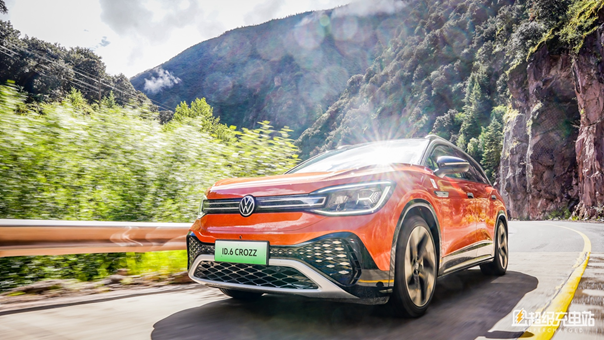We’re going to run the Sichuan-Tibet line again!
During last month’s trip to Tibet, our boss Chang Yan mentioned that it was a bit of a pity that we didn’t visit the Potala Palace or see the Wen Cheng Princess show, so he insisted that we go again.
There is a saying that goes, “You must go to Tibet at least twice, once to leave your heart there, and once to retrieve it.” My colleagues joked that we haven’t left our hearts in Tibet for very long before we have to go back and get them.
Just kidding. This time, taking advantage of the launch of the FAW-Volkswagen ID.6 CROZZ, we decided to run the Sichuan-Tibet line again and experience what it’s like to drive this large-size high-end intelligent pure electric SUV on the road.
Last time, we drove from Chengdu to Lhasa. This time, we decided to drive all the way from Chengdu to the base camp of Mount Everest, to higher ground!
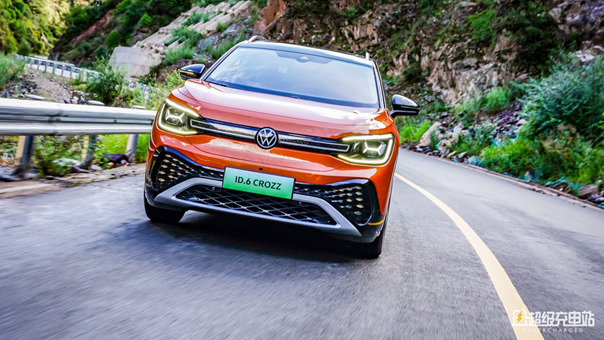
Preparation before departure
- Route selection:
There are two routes on the Sichuan-Tibet line, the north and south routes. The south route is: Chengdu – Ya’an – Luding – Kangding – Xinduqiao – Yajiang – Litang – Batang – Mangkang – Zogang – Bomi – Linzhi – Lhasa, with a total length of 2,142 kilometers. The north route is: Chengdu – Danba – Daofu – Luhuo – Garze – Manigange – Dege – Jinsha River Bridge – Jiangda – Chamdo – Dingqing – Baqing – Nagqu – Dangxiong – Lhasa, with a total length of 2,412 kilometers.
We chose the easier south route, which goes like this: Chengdu – Ya’an – Xinduqiao – Litang – Batang – Mangkang – Zogang – Bomi – Linzhi – Lhasa – Shigatse – Mount Everest, a total of over 2,700 kilometers.
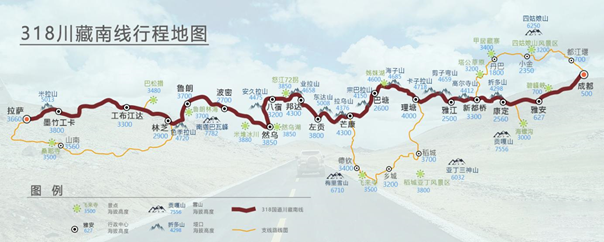
The self-driving tour takes 8-12 days, and normally it takes about 8-9 days from Chengdu to Mount Everest. However, road closures and traffic control can affect the travel time, and the beautiful scenery (such as snow-capped mountains, forests, grasslands, and lakes) are all along the G318, so dynamic adjustments to the destination are necessary. It is recommended to leave an extra 2-3 days for buffer time.
Preparation:
1) Altitude sickness may occur and it is related to physical fitness. To be on the safe side, take some altitude sickness drugs in advance (such as Rhodiola rosea). Since it’s not our first time to Tibet, we have relatively more experience, and we didn’t take much Rhodiola rosea last time, but adapted to the environment by ourselves (PS: sometimes altitude sickness is also due to psychological factors, don’t scare yourself).
2) In terms of clothing, there is a big temperature difference between morning and night on the Sichuan-Tibet line, so bring a windbreaker, long-sleeve pants, and prepare medicines (such as cold medicine, digestive medicine, allergy medicine, etc.), toiletries, sunscreen, moisturizing mask, lip balm, and hats.
3) In addition, the sunlight on the high-altitude plateau of the Sichuan-Tibet line can be very bright, so wearing sunglasses is beneficial for driving safety.4) If you want to climb Mount Everest, make sure you prepare warm clothing and sleeping bags as the base camp is over 5000 meters above sea level and the living environment is not ideal.
Notes:
1) People who have severe hypertension or heart disease should not go to Tibet, and it is not advisable to go if you have a cold.
2) The altitude of Sichuan-Tibet Highway changes drastically, so once you enter the plateau, try not to be too excited, avoid intense exercise, walk slowly, stay calm, drink plenty of water and don’t shower for the first three days in Tibet.
3) The scenery along the Sichuan-Tibet Highway varies by month. Based on our personal experience, the scenery in May and June can be quite cold, so bring thicker clothing. In July and August, the Sichuan-Tibet Highway enters the rainy season, and landslides and mudflows are more common than other seasons, so drive safely.
4) In terms of diet, avoid overeating and eat light meals.
5) Before taking photos, ask for permission and respect local customs.
Day 1: Chengdu – Ya’an – Kangding
We chose to drive an ID.6 CROZZ from Chengdu and took the highway to Ya’an.
Since the traffic to Ya’an may be busy, it is recommended to leave early.
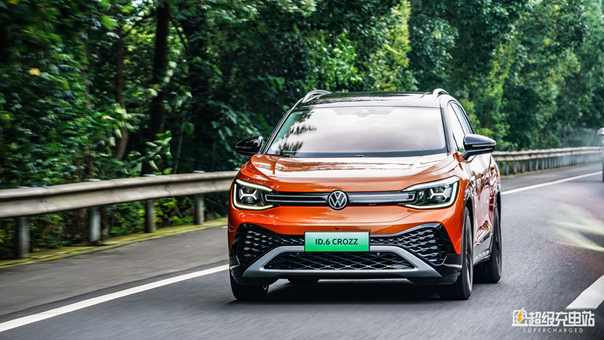
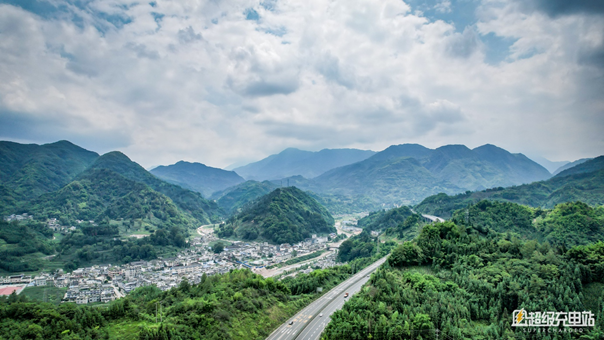
After Ya’an, it is recommended to fill up at Tianquan Service Area, as this is the last opportunity to do so on the highway.
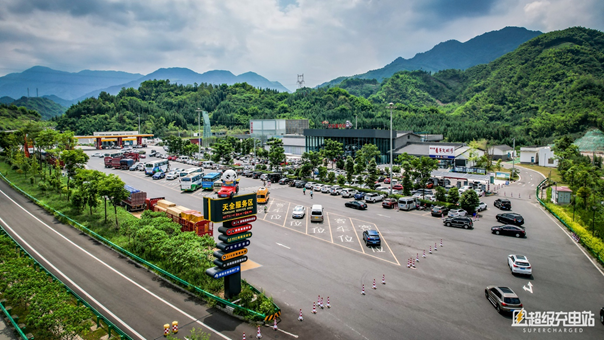
Moreover, this is a landmark checkpoint on the 318th road for “Drive 318 in this lifetime” enthusiasts.
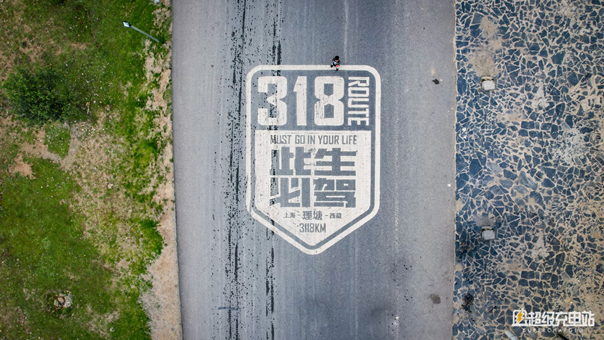
After Tianquan, the altitude gradually begins to rise, from over a thousand meters to over 4000 meters. The first challenge of the trip appears: the Zheduo Mountain.
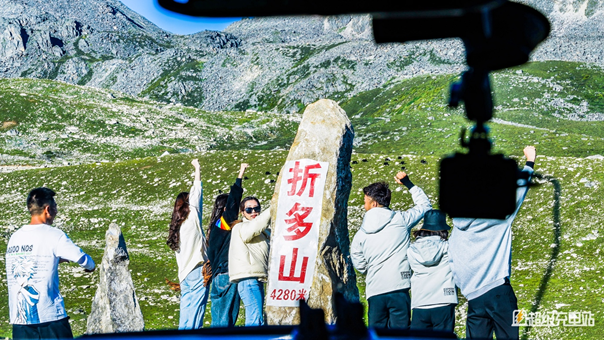
The road up the mountain is not easy to drive, winding and twisting, and some people may experience altitude sickness. In addition to cars, there are also a large number of trucks, cyclists, and people doing live broadcasts along the Sichuan-Tibet Highway, which is a two-way road, so safety is paramount for driving and overtaking.And, the weather here is quite changeable. When we arrived at the end of May, from going up the mountain to going down the mountain, we really experienced the variability of this place. It turned from overcast to rainy, and as we continued to climb in altitude, it started snowing – truly broadening my horizons. However, the weather is much better this time we came.
Moreover, our ID.6 CROZZ performed very well in terms of both range and energy consumption control, so we didn’t have too much range anxiety.

After some twists and turns, we finally arrived at the Kangding Xinduqiao Hotel in Xinduqiao Town, Kangding City. We chose to stay here because there are destination charging stations to meet our charging needs, and the charging speed is also very fast.
When we arrived in Xinduqiao, the second test began because the altitude here is over 3600 meters, and many people experience various discomforts on the first night, such as headaches, hypoxia, sore throats, etc. So, if you can get through the first night, basically there won’t be too many problems with the rest of the trip.
Day 2 of the Sichuan-Tibet Highway: Xinduqiao – Litang – Batang
Our strategy for the whole trip is: one rest stop, one overnight stay.
So today’s goal was very clear: go to Litang (to recharge), and then to Batang.

After an hour’s drive, we arrived at Gaorishan, at an altitude of 4412 meters. If there is a need for photography here, try to add some clothes and slow down a bit because the air is thinner at high altitudes.
Take a look at the beautiful scenery we captured.
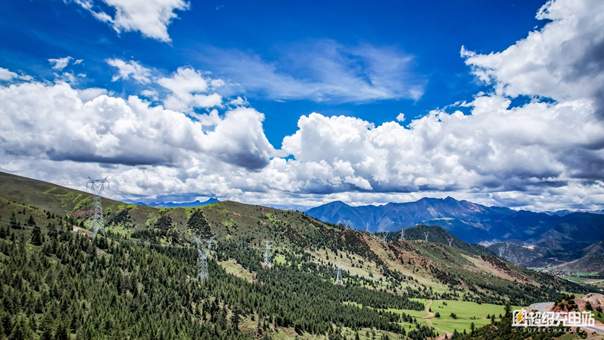
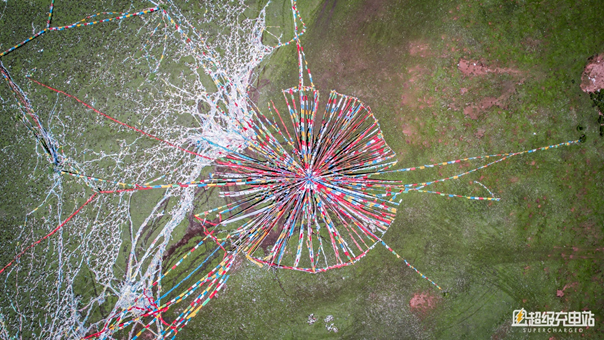
Afterward, we drove for a while and entered the 18 bends of the Heavenly Road, so pay attention to driving safety.
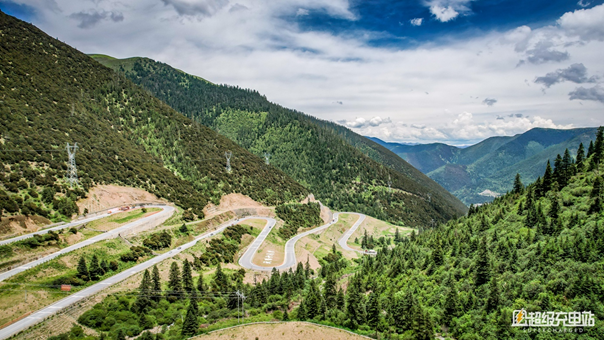
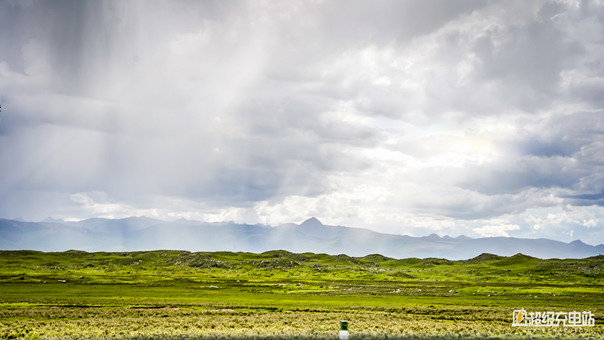
Afterward, we arrived at the mid-way point: Litang. Hmm, it’s the hometown of DZ JIN, a celebrity on the Chinese Internet. Besides that, Litang is also known as the “City of the Sky” and the “World’s Highest City.”
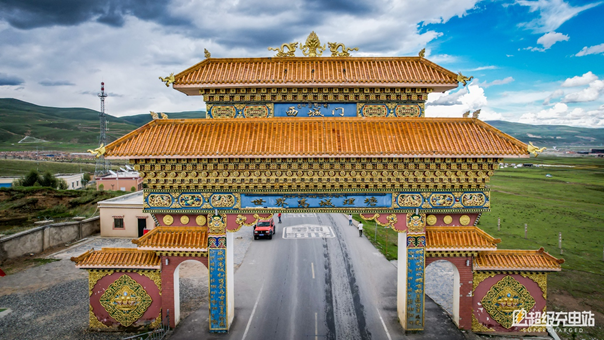
Here, you really can’t do too much intense exercise because the oxygen content in the air is still a bit low. Make sure to apply sunscreen.
There is a State Grid charging station here, so while having lunch, we took the opportunity to charge the car.
Continuing on the road, we will encounter a stunning scenic spot between Litang and Batang: the Sister Lakes. Take a look:
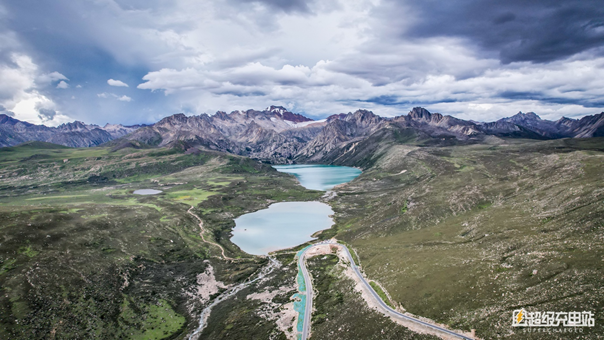
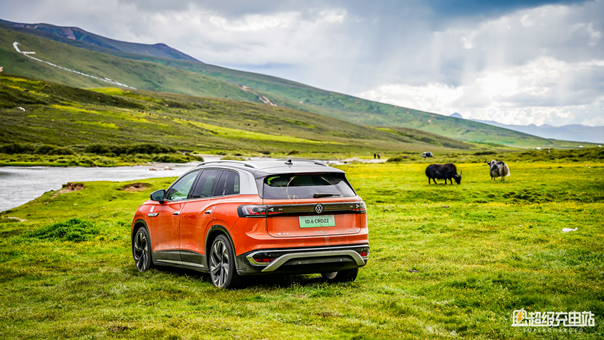
Finally, after a long journey, we finally drove to the hotel we were staying at (Batang Hyatt Hotel). The benefit is that the hotel has charging stations, so charging was also very convenient.
Now it’s time to rest well and prepare for the third day’s trip.
Day 3: Batang – Mangkang – Zuogong
It’s still a day of departure at full battery.
However, the weather is not very good, and the notice shows that the road will be closed at 8 o’clock the next day, so we set out after 6 o’clock.
The road closure happened once when I came to Batang last time. Therefore, it is recommended that self-driving travelers pay more attention to local notices and plan the trip accordingly.

Starting from Batang, after driving for about 20 or 30 kilometers, we will encounter a bumpy road, so everyone should be prepared for slow and bumpy driving.
Here, you can see a very spectacular Jinsha River Bridge.

Due to the recent rainy season, the river water has become very turbid.
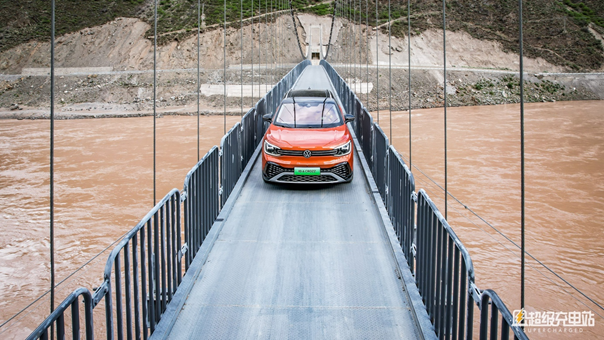
However, even though we left early, we were stuck on the road for two or three hours. I would like to remind everyone here that traffic jams and traffic controls may be normal here, especially during the peak tourist season in July and August.
Afterward, we arrived at the Mangkang Impression Hotel, charged the car and ate, and by now the battery range has returned to its peak.
In the second half of the trip, the weather was beautiful, and the scenery was also beautiful.
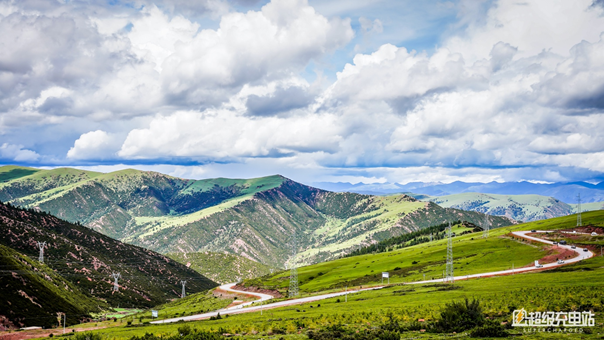 “`markdown
“`markdown
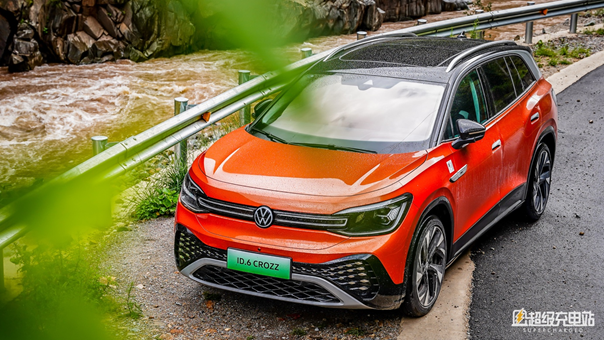
Along the winding mountain road, we drove onto Jueba Mountain. The weather wasn’t that good, so please drive slowly and put safety first.
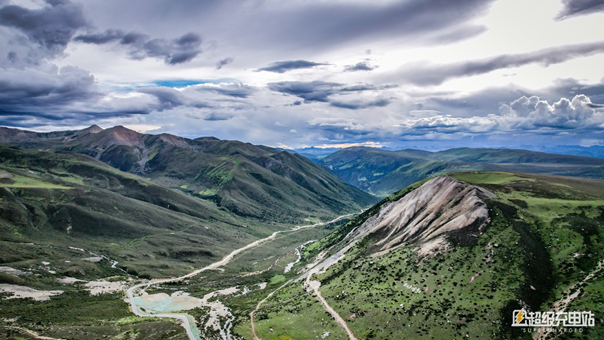
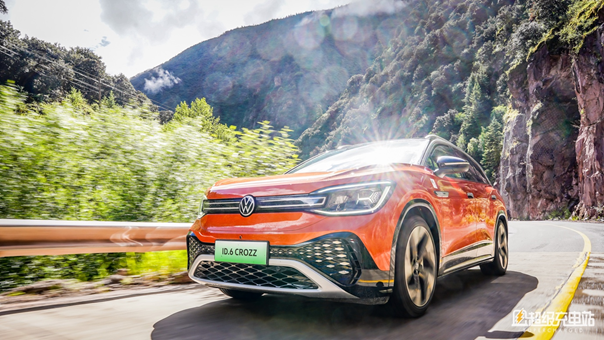
Finally, we reached our destination, Zuogong. We ate and charged at the destination charging station (Zuogong Yuexi Hotel) near the hotel, then rested well and prepared for the next day’s journey.
“`
This article is a translation by ChatGPT of a Chinese report from 42HOW. If you have any questions about it, please email bd@42how.com.
